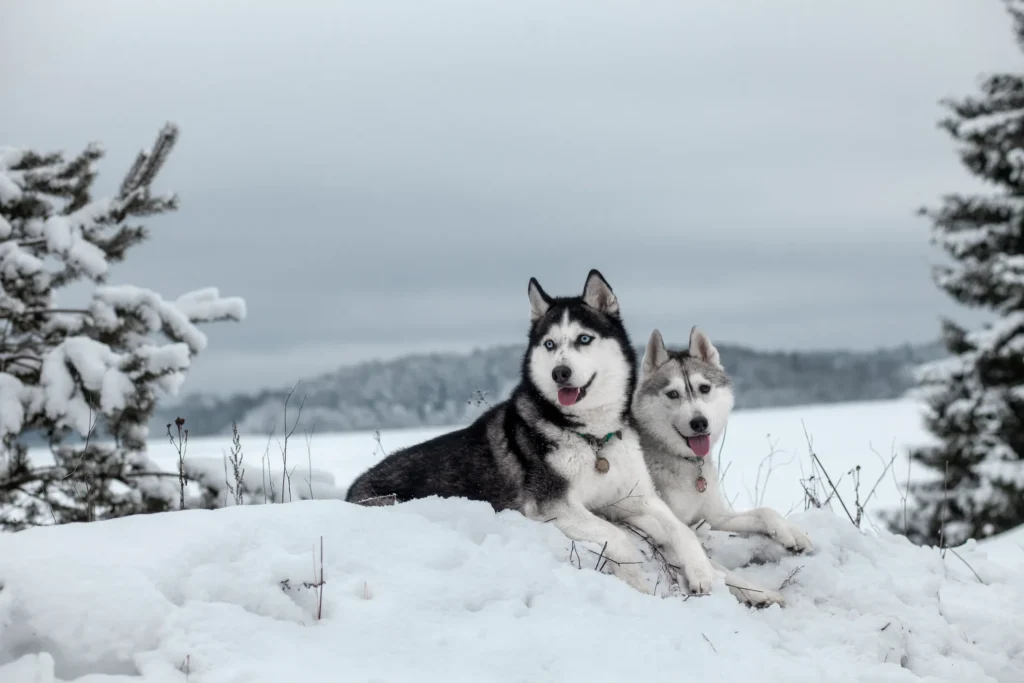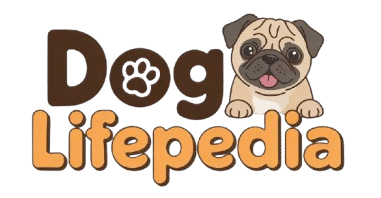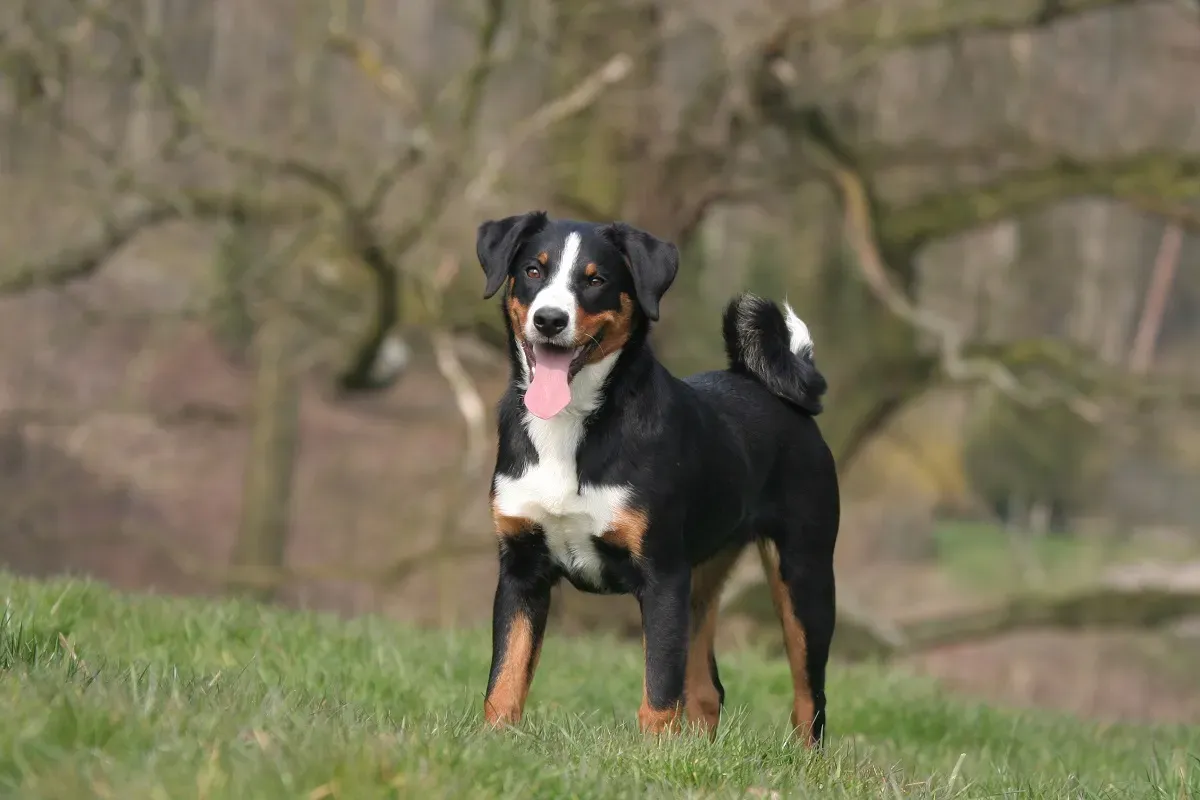
Siberian Husky
Heena
May 5, 2025

The Siberian Husky is a breed that combines beauty, endurance, and independence. With piercing eyes, a thick coat, and an almost wolf-like appearance, the Husky is both captivating and challenging. Originating from northeast Asia, Huskies were bred to pull sleds over long distances in extreme cold. Today, they are cherished pets across the UK and USA, especially among active owners who can meet their unique needs.
Despite their striking appearance, Huskies are not for everyone—they require dedicated care, training, and exercise to truly thrive.
Breed Overview
Siberian Huskies are medium-sized working dogs, weighing:
- 35–60 pounds, depending on sex and build
- Males are typically larger and more muscular than females
They have upright ears, a bushy tail that curls over their back, and a double coat designed to insulate in sub-zero climates.
This breed is best suited to homes with space, time, and an active lifestyle—city apartments or inexperienced owners may find the breed challenging.
- 35–60 pounds, depending on sex and build
Breed Colors & Markings
Siberian Huskies come in a wide variety of coat colors and markings, including:
- Black and white
- Grey and white
- Red and white
- Pure white
- Agouti (wild, wolf-like pattern)
Eye colors are especially iconic:
- Icy blue
- Brown
- Amber
- Bi-eyed (two different colors)
- Parti-eyed (multiple colors in one eye)
In both the UK and USA, these striking visuals contribute to their popularity, but potential owners should look beyond looks to understand their temperament.
Temperament and Communication
Siberian Huskies are pack animals, known for their:
- Howling instead of barking
- Vocal “talking”
- Body language for expressing mood
They are independent thinkers, meaning they’re intelligent but not always obedient. Huskies are also incredibly friendly—even with strangers—making them poor guard dogs.
They’re typically great with children and can get along well with other dogs, though they have a strong prey drive and may chase cats or smaller pets if not properly socialized.
What Do Siberian Huskies Eat?
Huskies are efficient eaters, requiring less food than other breeds of similar size. In the UK and USA, their diets usually include:
- High-quality kibble
- Raw diets or cooked meals with vet supervision
- Lean proteins and healthy fats
Due to their high energy, their diet should be rich in:
- Animal-based proteins (chicken, beef, fish)
- Omega-3 fatty acids (for coat and joints)
- Complex carbohydrates (sweet potatoes, brown rice)
- Avoid grains and fillers if your dog has sensitivities
Feeding them twice daily is standard, with care taken not to overfeed—Huskies are prone to becoming picky or bored with food.
What to Expect When Caring for a Siberian Husky
Health
Siberian Huskies are generally a healthy breed, but they may experience:
- Hip dysplasia
- Eye issues (e.g., cataracts, PRA)
- Hypothyroidism
- Skin allergies
In the UK and USA, responsible breeders test for genetic issues, and regular vet visits help detect problems early. Life expectancy is around 12–14 years with good care.
Grooming
Huskies shed a lot—especially during “blowout” seasons in spring and autumn. Their grooming needs include:
- Brushing 3–5 times per week (daily during shedding seasons)
- Bathing every 1–3 months (too often can dry out skin)
- Nail trimming and ear cleaning monthly
- No shaving, as their coat regulates body temperature
A good undercoat rake and deshedding tool are essential for keeping fur under control.
Exercise
This is a high-energy breed that needs:
- At least 90 minutes of vigorous exercise daily
- Off-leash running in secure areas
- Long walks, hikes, or bike runs
- Mental stimulation through puzzle toys and training
Without proper exercise, Huskies can become destructive, vocal, and even try to escape—many Huskies are expert escape artists, so fencing must be secure and tall.
Training
Training a Husky requires patience, consistency, and creativity. They’re:
- Highly intelligent but stubborn
- Motivated by positive reinforcement, not force
- Easily bored with repetitive tasks
Early obedience training and socialization are vital. Consider group training classes or canine sports like canicross, agility, or sledding to keep them engaged.
Nutrition
Feed your Husky a balanced diet that meets their high-energy needs:
- Protein-based kibble
- Fish oil for coat health
- Joint supplements as they age
- Raw or home-cooked options with vet guidance
Avoid overfeeding, especially if your Husky isn’t getting enough exercise—they can gain weight quickly when under-stimulated.
Final Thoughts
Siberian Huskies are not just stunning—they’re full of spirit, intelligence, and heart. For UK and US owners ready to commit to their active lifestyle and grooming needs, Huskies offer unmatched loyalty, fun, and adventure. They’re not the best breed for a first-time dog owner or someone seeking a couch potato—but for the right person, a Husky will be a lifelong best friend and enthusiastic companion.
If you’re up for the challenge, the Siberian Husky just might be the most rewarding dog you ever own.

